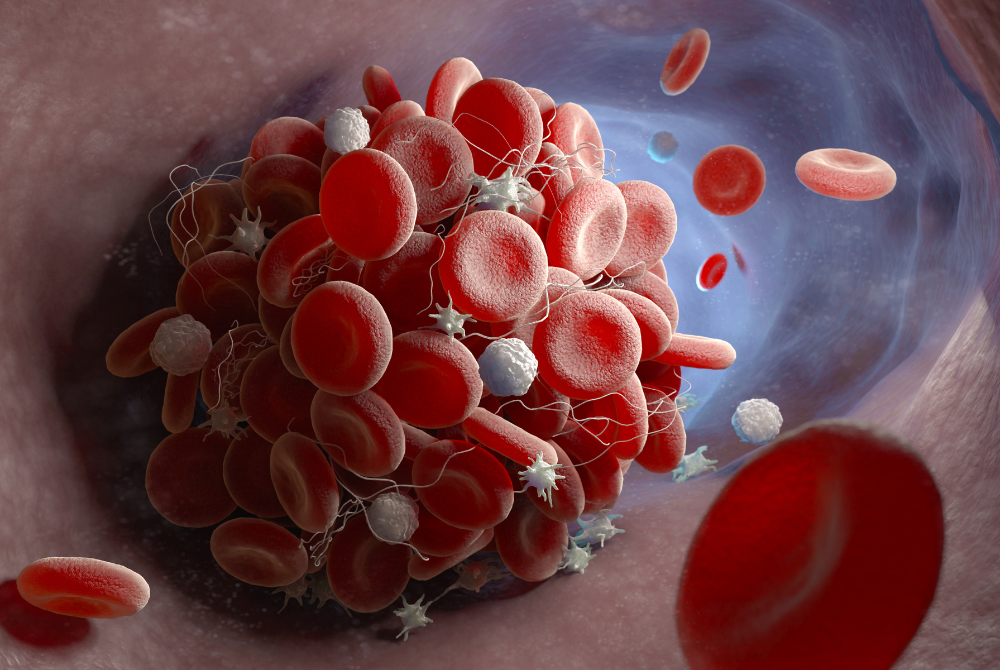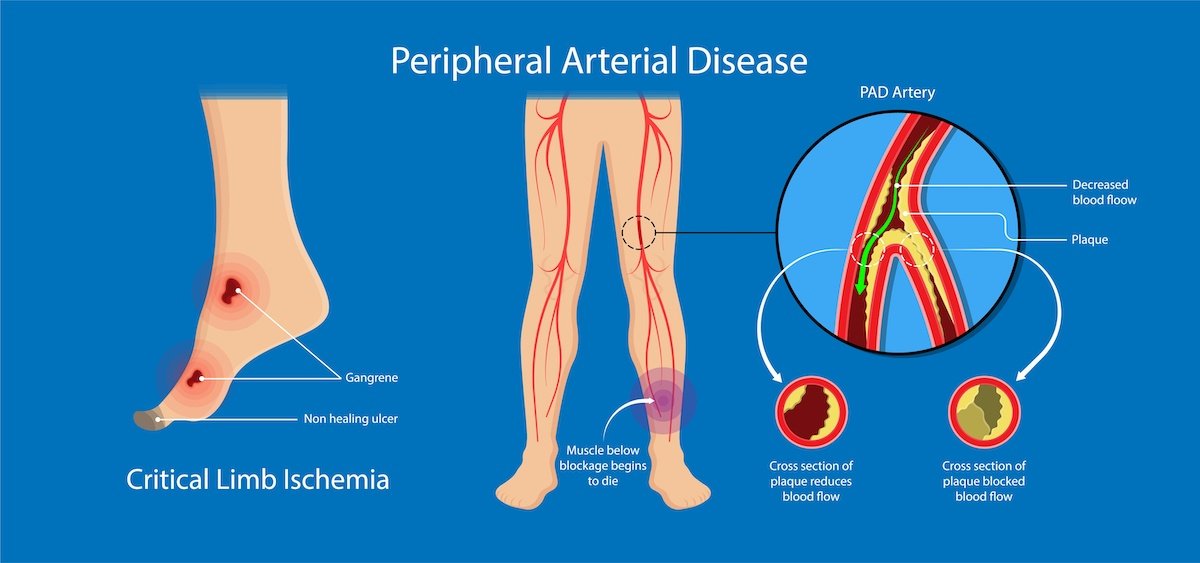What is Vascular Disease?
Vascular diseases affect the circulatory system. Due to an aging population, an increase in obesity, and chronic conditions like Type II diabetes, vascular diseases are a growing epidemic. Find out more about the many different conditions that can affect your circulatory system outside of the heart.
Vascular Health is Important for Everyone.
Arteries and veins (blood vessels) are our bodies’ natural highways that circulate blood through arms, legs, and internal organs. Vascular disease occurs when an abnormal condition affects the blood vessels. This can often lead to severe disability and death.
Vascular disease is any abnormal condition of the blood vessels (arteries and veins.) Vascular diseases outside the heart can “present” themselves anywhere. Peripheral artery disease (PAD) alone affects 8-12 million people in the US, affects women and men equally, and can occur in anyone at any time.
A short video to help you understand what vascular disease is.
Vascular Disease Can Affect Anyone.
The cost in terms of pain, disability, and medical treatment are enormous. For example, healthcare costs related to PAD are more than $21 billion annually in the US alone. Stroke costs $33 billion, spent on hospitalizations and related healthcare. The costs continue to grow because vascular diseases are often diagnosed later and become a chronic issue that involves frequent complications.
Because the vascular system is so complex and far-reaching, diseases can appear anywhere in the body in many different forms. Vascular diseases often occur along with other diseases like diabetes or heart disease.
Use the information in the links below to learn more about 27 different types of vascular diseases including the most common: PAD, Atherosclerosis, and Carotid Artery Disease.

Understanding the Vascular System
Your vascular system – the highways of the body – is composed of three types of blood vessels.
ARTERIES
Arteries carry oxygen-rich blood from the heart, nourishing every part of the body. The one exception is the pulmonary artery, which carries oxygen-poor blood from your heart to your lungs, where it exchanges carbon dioxide for oxygen.
VEINS
Veins carry the blood back to the heart where it is replenished with oxygen. The newly oxygen-rich blood gets pumped back into the heart via the pulmonary vein.
CAPILLARIES
Capillaries connect the arteries to the veins. Vascular disease commonly occurs at sites of unstable blood flow. For example, when the blood flow in the arteries changes direction suddenly.
Types of Vascular Diseases

Are You at Risk?
Vascular disease can affect anyone. “Risk factors” are the things that put you at a higher risk for developing vascular disease – these are things like diet, genetics, and age. Knowing your risk factors can help you prevent or better manage vascular disease. Some risk factors (like family history) are not something you can change. Others are factors you can take action on to lower your risk and improve your vascular health.
While not all vascular diseases have the same risk factors, here are some of the more common ones:
Diabetes
Hyperlipidemia (high levels of fats like cholesterols in the blood)
Smoking
High blood pressure
Obesity
Lack of exercise
Talk to a provider about your risk of vascular conditions such as Peripheral Artery Disease or Stroke. The earlier you begin to change your behaviors, the better your chance of avoiding or successfully managing vascular disease.
Prevention is Possible
Vascular disease can strike anyone, at any age, at any time. It often strikes without warning. Symptoms may not appear until it is limb or life-threatening. Here’s what you can do to reduce the risk of major disability or even death.
How to Find Resources
The Foundation to Advance Vascular Cures is here to help those living with vascular conditions. We have developed this list of resources to help patients navigate the questions and challenges associated with vascular disease.











